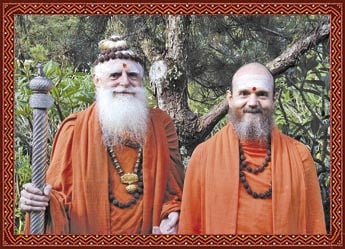
Learn Hinduism
Notice :
The source URLs cited in the news/article might be only valid on the date the news/article was published. Most of them may become invalid from a day to a few months later. When a URL fails to work, you may go to the top level of the sources website and search for the news/article.
Disclaimer : The news/article published are collected from various sources and responsibility of news/article lies solely on the source itself. Hindu Janajagruti Samiti (HJS) or its website is not in anyway connected nor it is responsible for the news/article content presented here.
Opinions expressed in this article are the authors personal opinions. Information, facts or opinions shared by the Author do not reflect the views of HJS and HJS is not responsible or liable for the same. The Author is responsible for accuracy, completeness, suitability and validity of any information in this article.
 Learn Hinduism
Learn Hinduism
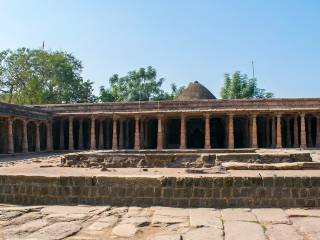 Madhya Pradesh: ASI survey of Bhojshala complex in Dhar to start on March 22
Madhya Pradesh: ASI survey of Bhojshala complex in Dhar to start on March 22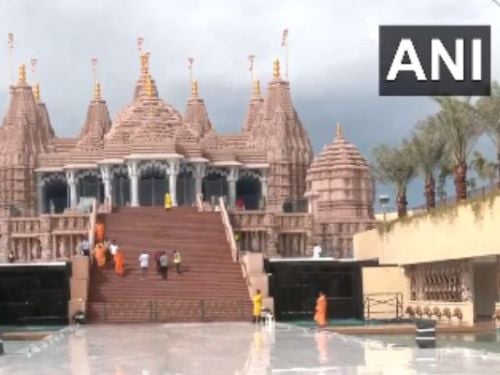 PM Modi to inaugurate the first traditional Hindu Mandir in Abu Dhabi
PM Modi to inaugurate the first traditional Hindu Mandir in Abu Dhabi Tirupati Devasthanams to establish platform for non-Hindus to adopt Sanatan Dharma
Tirupati Devasthanams to establish platform for non-Hindus to adopt Sanatan Dharma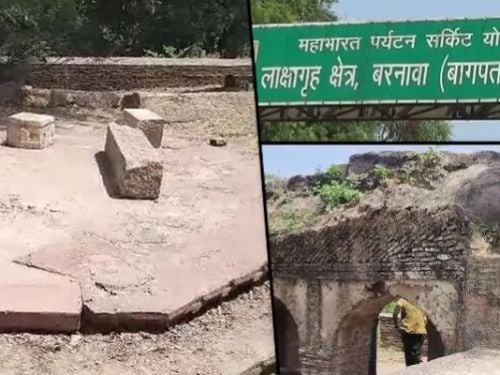 Baghpat court gives ownership rights of Mahabharata era Lakshagriha to Hindu side
Baghpat court gives ownership rights of Mahabharata era Lakshagriha to Hindu side Misleading claims about Brahmins removed in rationalised NCERT textbooks
Misleading claims about Brahmins removed in rationalised NCERT textbooks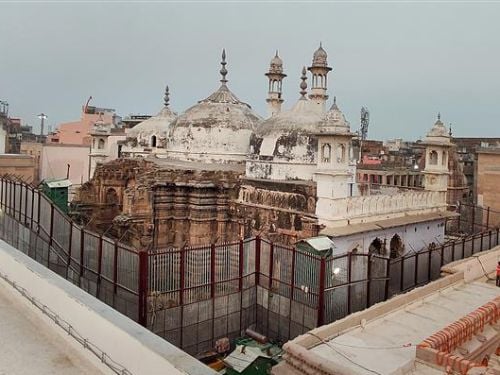 Big victory to Hindus as court allows puja in Vyas Ji Ka Tehkhana at Gyanvapi complex
Big victory to Hindus as court allows puja in Vyas Ji Ka Tehkhana at Gyanvapi complex
 Tirupati Devasthanams to establish platform for non-Hindus to adopt Sanatan Dharma
Tirupati Devasthanams to establish platform for non-Hindus to adopt Sanatan Dharma